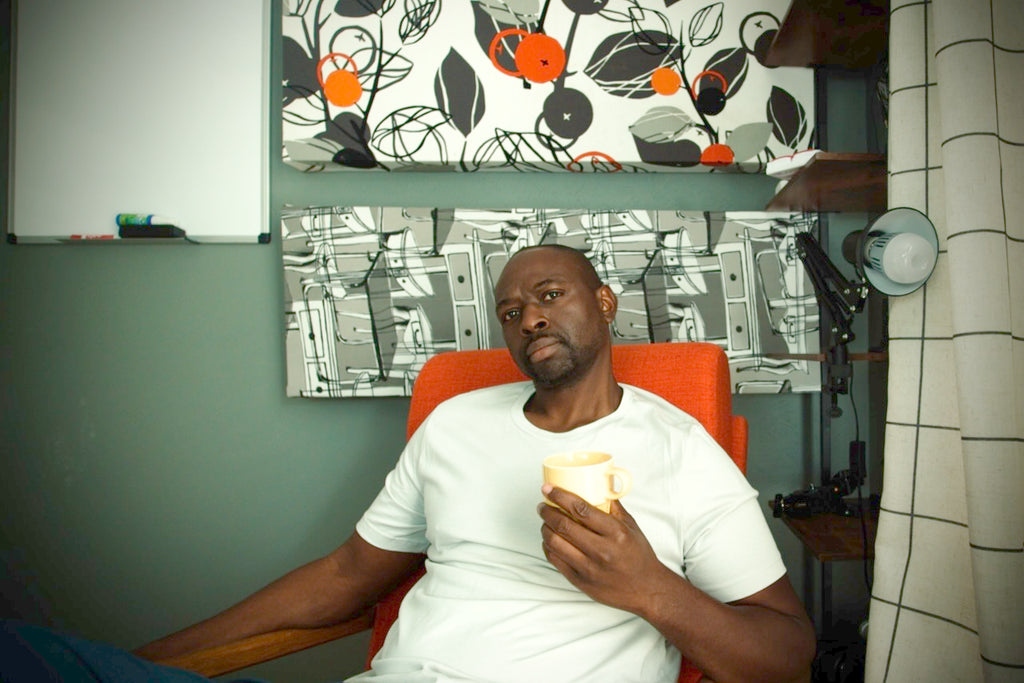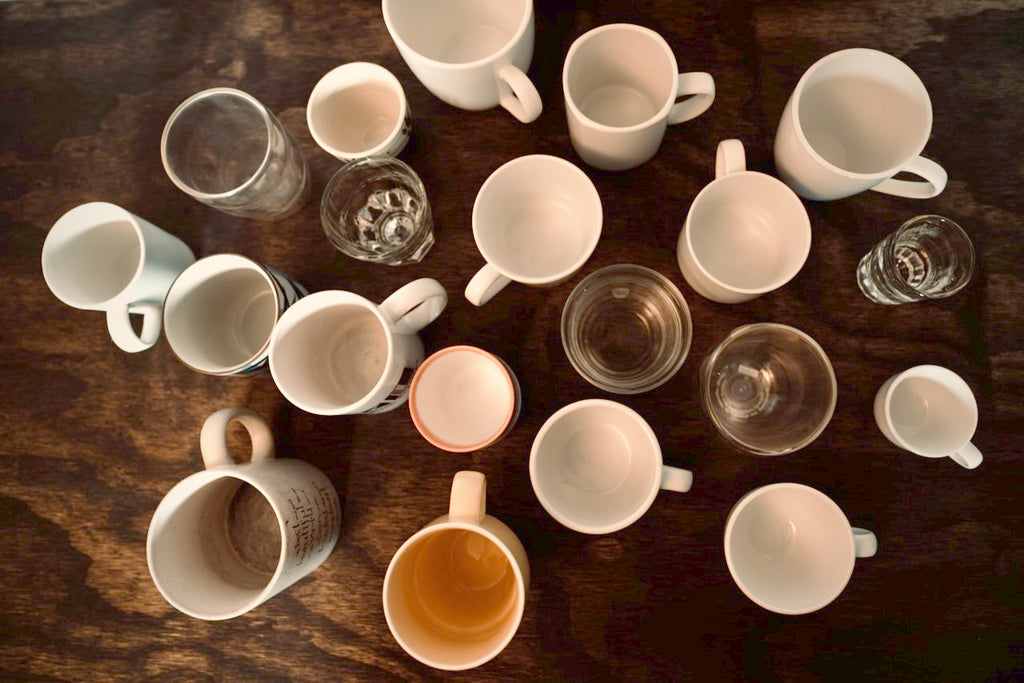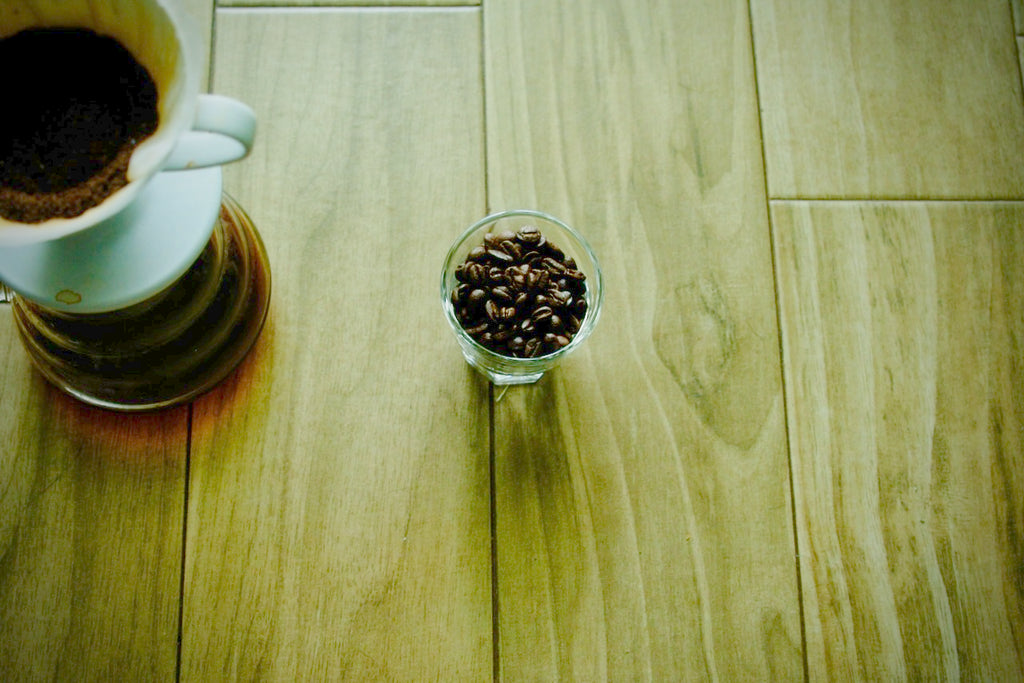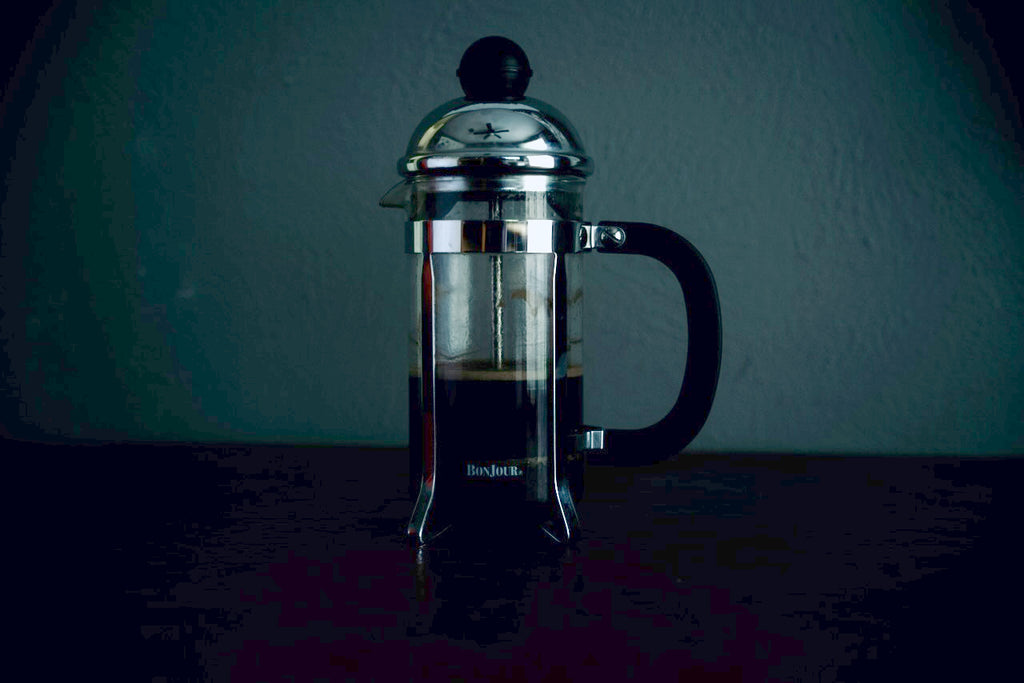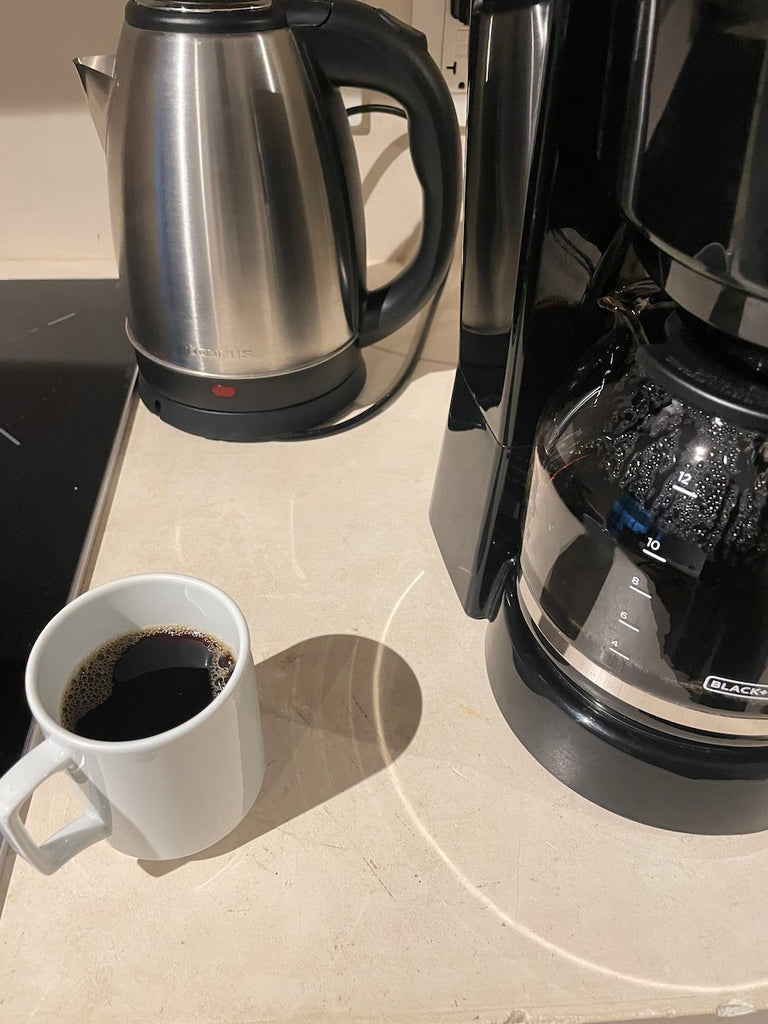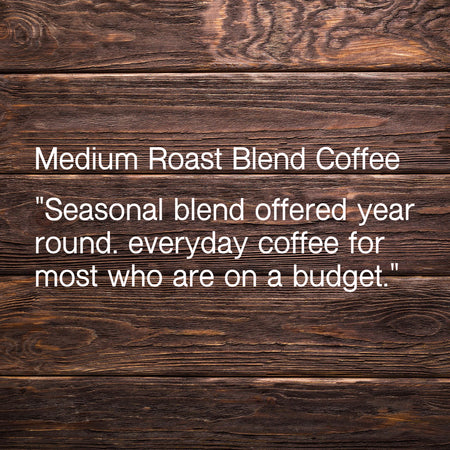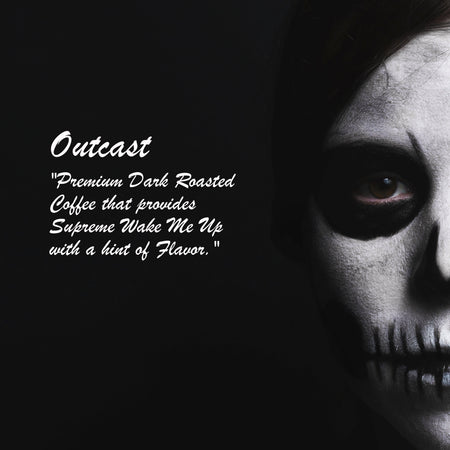As a coffee roaster, my journey has been filled with unexpected lessons and insights. Recently, a visit to an auto shop opened my eyes to the true meaning of exceptional customer service and stewardship. This experience made me reflect on how these principles can be applied to the world of coffee, enhancing the experience for coffee lovers everywhere.
Stewardship, in essence, is the responsible management and care of resources. In the coffee industry, this extends beyond just the beans – it encompasses the entire customer experience. Just as the auto mechanic went above and beyond to educate me about my car's needs, we as coffee professionals have a similar responsibility to our customers.
One key aspect of stewardship in coffee is attention to detail. Every step of the coffee-making process, from sourcing to roasting to brewing, requires meticulous care. As roasters, we must be willing to share our knowledge, explaining the nuances of different beans, roast profiles, and brewing methods. This education empowers coffee drinkers to make informed choices and appreciate the complexity of their brew.
Transparency is another crucial element. Just as the mechanic explained the intricacies of car parts and repairs, we should be open about our sourcing practices, roasting techniques, and pricing. This builds trust and fosters a deeper connection with our customers.
The concept of going above and beyond expectations is where true stewardship shines. In the coffee world, this could mean offering personalized recommendations, providing brewing tips, or even helping customers troubleshoot their home setups. It's about creating an experience that goes beyond just selling a bag of beans.
My own journey in building a coffee business has taught me the value of perseverance and continuous improvement. Each challenge, whether it's growing a YouTube channel or navigating Amazon listings, has been an opportunity to learn and refine my approach. This struggle is an integral part of delivering excellence to customers.
For potential coffee drinkers, understanding the dedication behind your cup can enhance your appreciation. When you buy from a roaster who embodies these principles of stewardship, you're not just getting coffee – you're becoming part of a community that values quality, education, and genuine care.
As I continue to develop my role in the coffee ecosystem, I'm committed to embodying these principles of stewardship. Whether it's through YouTube videos, detailed product descriptions, or personal interactions, my goal is to provide value that extends beyond the coffee itself.
In conclusion, exceptional customer care in the coffee industry is about more than just serving a great cup. It's about education, transparency, attention to detail, and a genuine desire to enhance the customer's experience. By embracing these principles of stewardship, we can create a coffee community that's rich in flavor, knowledge, and mutual appreciation.

